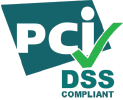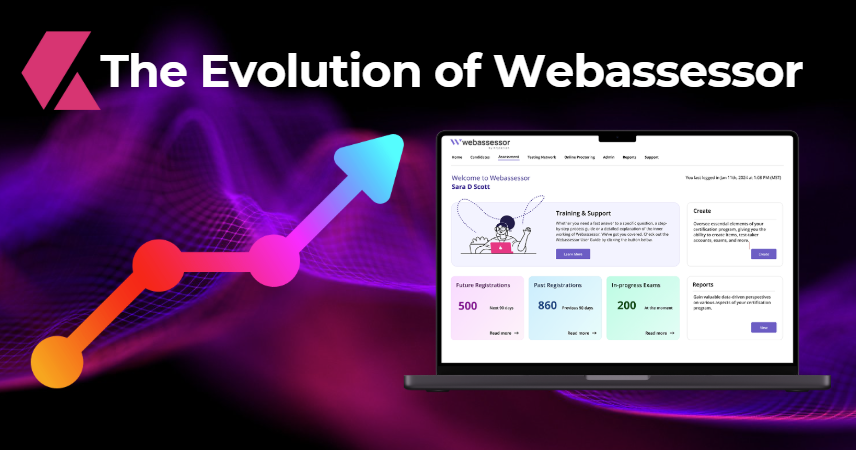Why have micro-credentials become so popular all of the sudden? What makes them so valuable?
From a business and industry standpoint, micro-credentials validate individual skill sets with level of specificity that degrees and traditional credentials don’t replicate. Meanwhile, major employers such as IBM, Apple and Google, are publicly pivoting away from hiring based on degrees and resumes to hiring based on skill sets and skill portfolios. Where they lead, others will surely follow.
Career seekers and professionals in search of opportunities are anxious to deliver what potential employers are looking for. The relative ease with which micro-credentials can satisfy the mutual interests of both sides certainly contributes to their booming popularity.
Here are 3 reasons why it matters:
1. The Nature of Work Is Evolving Swiftly
According to the McKenzie Global Institute , up to 375 million workers worldwide (or 14% of the global workforce) may need to change occupations to stay employed by 2030. The main drivers of evolving workplace requirements are artificial intelligence (AI) and automation.
Other less predictable factors could play an important supporting role. The COVID-19 pandemic is an excellent example. Climate change, some suggest, could also have a transformative impact on the workplace as we know it today.

For employers, their teams, and those who support them, the implication is clear. Organizations and teams that embrace flexibility are more likely to enjoy a strategic advantage when the next crisis (aka opportunity) rolls around.
The micro-credentialing approach is well-suited to this environment. Because it has the potential to deliver maximum responsiveness and validated expertise, there is every reason to believe that demand will continue to grow.
Micro-credentialing neatly circumvents the need for lengthy internships or extended and expensive degree programs. New workforce entrants can more readily substantiate their expertise via micro-credentials. This is as important to employers as it is to opportunity seekers.
Meanwhile, for current workforce participants in search of new horizons, micro-credentialing career growth supports superior work-life balance compared to traditional options.
2. There’s a Growing Need to Upskill and Reskill
The increasingly hectic pace of enterprise expansion and contraction–in which layoffs and hiring freezes alternate with talent wars–can make skill acquisition and retention a tremendous challenge.
According to some thought leaders, the logical solution for corporate leaders is to plumb the talent potential of the existing workforce. The pertinent options are termed upskilling – or training for enhanced job performance and reskilling – training to transition to a new role.
One of the key benefits associated with such internal skills development programs is enhanced retention4 .
Micro-credentialing is particularly well-suited to support upskilling and reskilling initiatives. As already implied, incremental learning has the effect of reducing the anxiety associated with new and unfamiliar challenges. A shorter feedback loop – speedier delivery of positive reinforcement – especially during the initial phases, is likely to enhance personal motivation.
4.Small But Mighty: Why Micro-Credentials Are Huge For The Future Of Work Forbes.com
3. Employers Are Prioritizing Skills Over Academics
The title of a recent article in the Harvard Business Review sums up the situation nicely: Skills-Based Hiring Is on the Rise.

Although the rate of change appears to vary dramatically, depending on the industry and employer, the overall shift is unmistakable. According to the HBR article, “Between 2017 and 2019, employers reduced degree requirements for 46% of middle-skill positions and 31% of high-skill positions.”
The talent pool now being discovered is comprised of what some label STARs, workers who are Skilled Through Alternative Routes. The terms “hidden workers” and new-collar workers have also been used. Their non-traditional training routes can include military service, on-the-job skill acquisition, boot camps, personal initiatives, etc.
Last year, LinkedIn rolled out a program designed to deliver a “skills-based approach to opportunity” called Skills Path. Listed among the corporate participants in the program were companies like Microsoft, GitHub, Citrix, TaskRabbit and Wayfair.
According to Forbes , Walmart, in conjunction with some 40 partners, recently launched an Open Skills Network “to accelerate a shift to skills-based educations and hiring.”
Micro-credentials, because they capture the most granular skills in the credentialing eco-system, are well-situated to become key elements in developing skills-focused retention and recruitment programs.




















